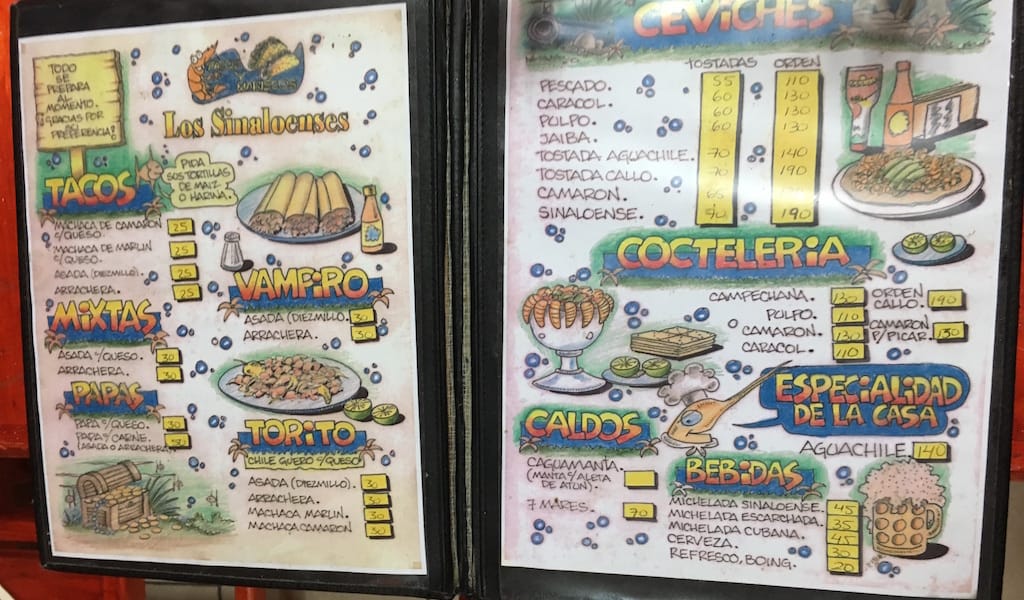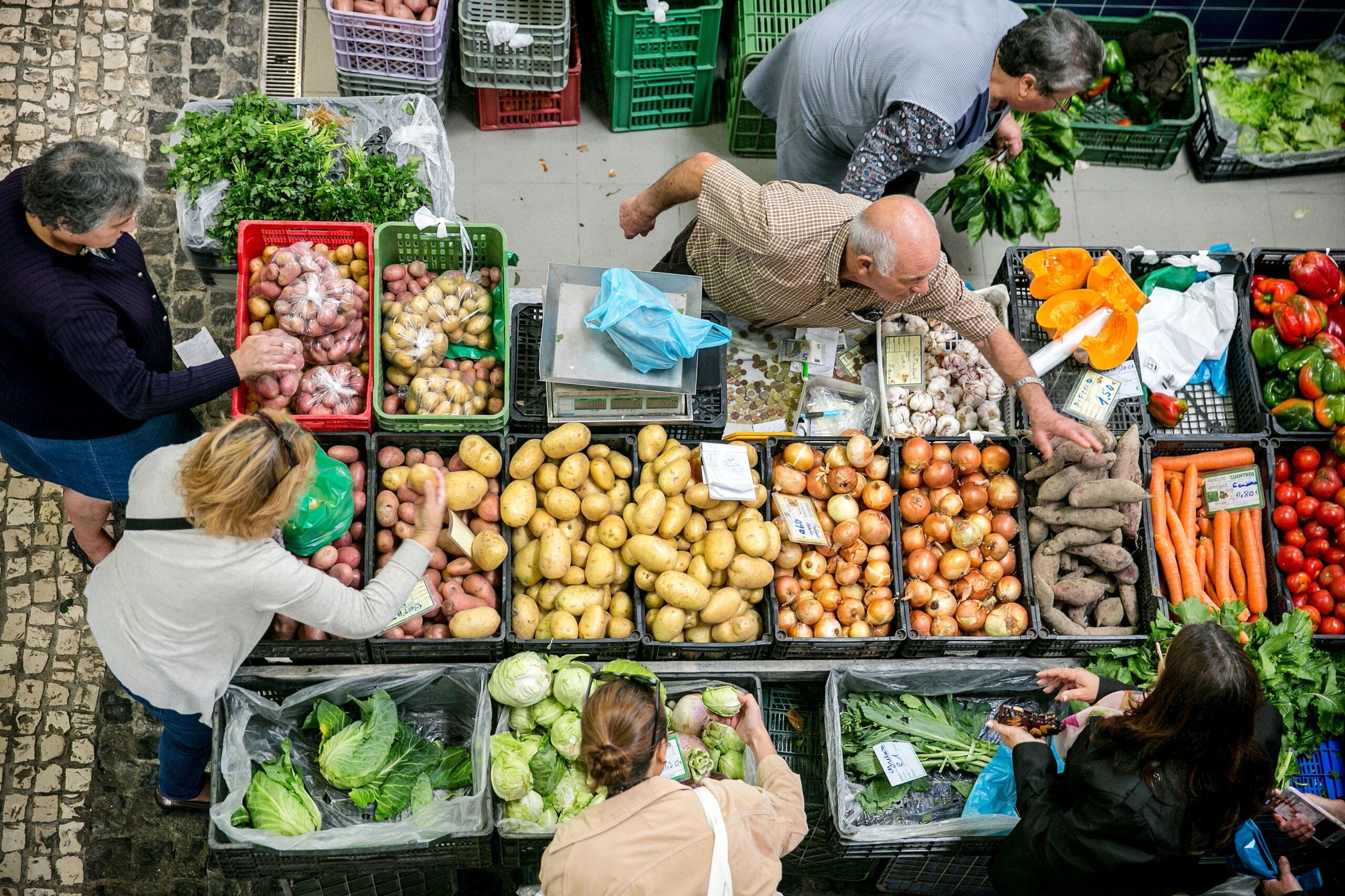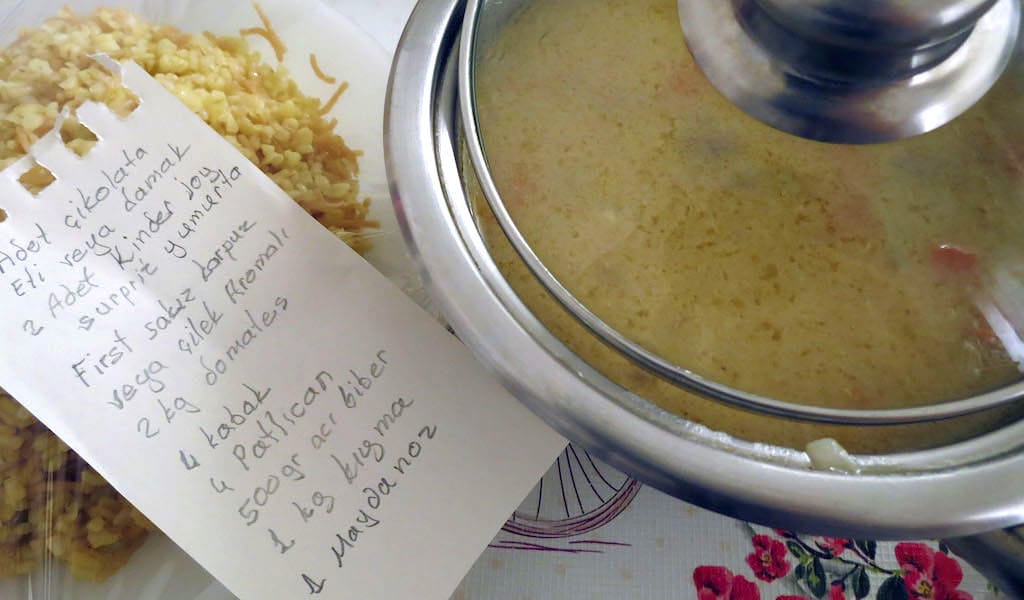Mid-Autumn Festival (中秋节, zhōngqiūjié) lands on the 15th day of the eighth lunar month, relatively near the autumnal equinox; in 2014, it falls on September 5. Also sometimes called Mooncake Festival, it is a public holiday in China and Taiwan on which families gather to give offerings to the full moon, float sky lanterns and eat mooncakes (月饼, yuèbing).
A culinary tradition with legendary roots, mooncakes are sold everywhere from grocery stores to five-star hotels and come with competing origin stories that relate how these sweets came to represent the holiday.
Mid-Autumn Festival was inspired by the mythical story of Chang’e, the “Lady of the Moon.” Once upon a time, the world had 10 suns, all of which lived in a mulberry bush together, and each day one sun would be drawn around the world in a carriage. But one day, all 10 suns took to the sky, and their heat destroyed the crops and set the earth on fire. To save the world, the archer Houyi shot nine of the suns down, and the emperor rewarded him with an immortality pill.
The legends differ on how Houyi’s wife, Chang’e, got the pill and consumed it, but one thing is certain: It made her fly. Houyi tried to chase her but was turned back by blustery winds. By then, Chang’e had landed on the moon, where she remains to this very day. By some trick of the gods, Houyi has found his own place in the sun, and each year on Mid-Autumn Festival, the husband and wife are reunited and the moon glows its brightest. Offerings to the moon and Chang’e are required that day, and over time the most popular contribution became the round mooncakes that reflect the beauty of the moon.
Other tales of how the mooncake became associated with Mid-Autumn Festival hearken back to the days of the Yuan Dynasty (1271–1368), when the Mongols ruled over the Han people. The barbarian leaders did not like the taste of mooncakes, so the military counselor of the Han people’s army, Liu Bowen, decided to furtively communicate with the people via the little sweets. To encourage people to eat them, he declared that the desserts held a medicine that would prevent the spread of a deadly plague. Bakers hid secret missives inside the round delicacies instructing the Chinese to overthrow the barbarians on Mid-Autumn Festival. The uprising was a success, and the Ming Dynasty ruled the land for the next 300 years.
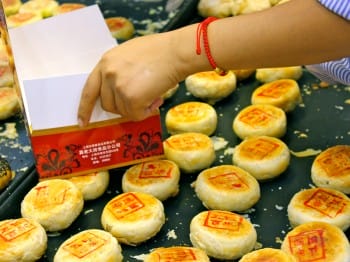 Traditionally, the thin crust surrounds a rich filling, such as lotus-seed paste; other popular flavors include red bean paste and date paste. The pastes can take up to two weeks to prepare, so most families purchase their mooncakes at bakeries instead of making them at home. Salted egg yolks are often baked into the center of the cake to represent the moon, and mooncake molds bear each baker’s insignia.
Traditionally, the thin crust surrounds a rich filling, such as lotus-seed paste; other popular flavors include red bean paste and date paste. The pastes can take up to two weeks to prepare, so most families purchase their mooncakes at bakeries instead of making them at home. Salted egg yolks are often baked into the center of the cake to represent the moon, and mooncake molds bear each baker’s insignia.
As the custom is brought into the 21st century, mooncakes are often given as gifts to family members and business associates, and it’s not unusual to receive many more boxes than one could possibly eat. The custom of gifting (and regifting) sumptuous boxes of lavishly flavored mooncakes has in fact become an essential part of doing business in China, garnering comparisons to Christmas fruitcake traditions.
In modern times, variations on the filling have multiplied as gifting becomes more commonplace, and international companies have gotten in on the lucrative action. Starbucks has previously released coffee and pumpkin latte varieties, and Häagen-Dazs serves ice cream options. Five-star hotels go for extravagance, stuffing their mooncakes with abalone, shark fin, truffles or foie gras. Packaging has also become an essential aspect of the custom, with merchants offering everything from commemorative mooncake boxes that turn into wine carrying cases to feng shui-inspired cakes that come with iPhone cases and headsets for large orders.
While Mid-Autumn Festival is a time for family, it’s also an auspicious date for love, so it’s common to see couples tying the knot around the date. Mooncakes have even become a vehicle for romance, as hopeful grooms special-order cakes stuffed with a diamond ring and occasionally pure gold.
But be warned, these tiny sweets pack a hefty punch, with 800 calories per cake on average, making them one of the densest foods Chinese people consume. Recent trends have seen shops churning out low-sugar (or even no-sugar) mooncakes, but moderation is advised. Pairing them with bitter teas, like pu’er, is thought to help cut the sugar and oil. Or you can just try the time-honored diet trick of sharing. Families used to slice them into eight pieces to divide up the luck (and the calories) in the days before mooncake trading became an autumn pastime to grease palms and improve guanxi
Where to Buy Mooncakes:
Xing Hua Lou – 杏花楼
With almost a century of mooncake-making under their belts, Xing Hua Lou’s many locations are Shanghai’s top destinations during Mid-Autumn Festival. They’re so popular that scalpers sit outside the branches hawking counterfeit boxes bearing the store logo. This Cantonese restaurant originally opened in 1851 but didn’t start baking the holiday sweets until 1928. The menu has evolved into 20 flavors over the years, including the old standby: sweet lotus paste.
Zhen Lao Da Fang – 真老大房
One of Shanghai’s most famous pastry shops, Zhen Lao Da Fang has been serving Suzhou-style pork-stuffed pastries since 1899. The puffed buns have no fancy baker’s logo molded into the dough (merely a red stamp added later with food coloring) and sell for less than RMB 5 per cake, but they are a brand to reckon with all the same. Just check out the line down the block as the weather starts to cool. The Shanghainese know these savory sweets are best eaten hot!
Godly Vegetarian
Better known by locals as 功德林 or Gōngdélín, Godly Vegetarian is a chain of Buddhist restaurants that serves up meat-free (and meat-imitation) products. During Mid-Autumn Festival, their mooncakes are favored for their light flavors. Try passion fruit, black sesame or rose.
Strictly Cookies
Getting into the spirit of the holidays while also staying true to its name, Strictly Cookies is offering mooncake-cookies, or “mookies,” available for delivery or at their brick-and-mortar shop. Presented by the dozen in a red box, the six mouthwatering varieties include chocolate chip stuffed with a brownie, peanut butter with raspberry jam and purple potato with white chocolate. In a nod to tradition, they’ve also got a plain sugar cookie piped with red bean paste – a delicious primer for anyone looking to explore the local bean-heavy dessert scene.
Editor’s note: This feature was originally published on September 14, 2012.
 August 7, 2018 Los Sinaloenses
August 7, 2018 Los Sinaloenses
The northwestern Mexican state of Sinaloa is nestled between the western Sierra Madre […] Posted in Mexico City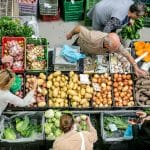 February 25, 2020 Roman Ruins Day
February 25, 2020 Roman Ruins Day
Quick Bite: On this day-long excursion to Setubal and Troia, we’ll go deep into […] Posted in Lisbon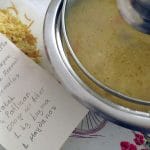 June 1, 2020 Food Between Neighbors
June 1, 2020 Food Between Neighbors
I had just met Rahime, a tiny but strong woman in her 60s, when the coronavirus pandemic […] Posted in Istanbul
Published on September 01, 2014
Related stories
August 7, 2018
Mexico CityThe northwestern Mexican state of Sinaloa is nestled between the western Sierra Madre Mountains and the Gulf of California – putting it between surf and high desert, and the sea doth offer bounty. Be it gigantic squid, run-of-the-mill “fish” or marlin, the sinaloenses fear not the chopping block when it comes to seafood, and the…
February 25, 2020
Lisbon | By Culinary Backstreets
LisbonQuick Bite: On this day-long excursion to Setubal and Troia, we’ll go deep into Portugal’s fishing industry and it’s bounty including a visit to the biggest fish market in the country, an exclusive tour of a Roman-era fish sauce facility and a fish-focused feast al fresca, prepared by a renowned chef. We’ll head south…
June 1, 2020
Istanbul | By Lorenza Mussini
IstanbulI had just met Rahime, a tiny but strong woman in her 60s, when the coronavirus pandemic started to spread in Turkey. My new neighbor, she moved to Kadıköy from her beloved Beylikdüzü, on the other side of Istanbul, and was excited to discover the area. In fact, she had already made new friends in…












































